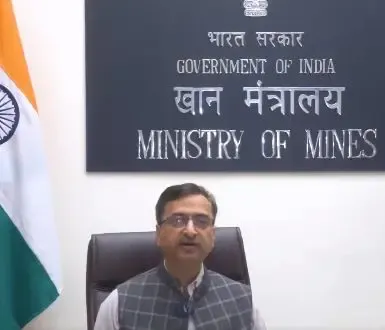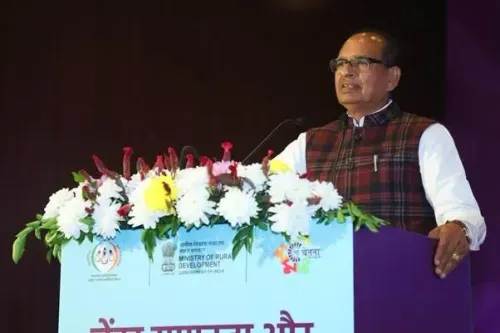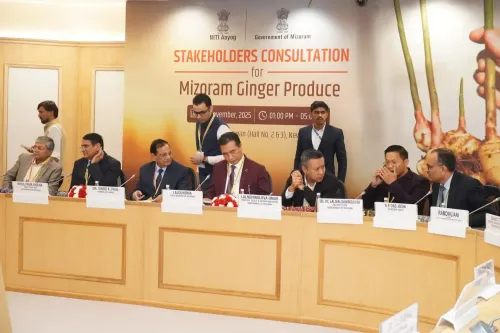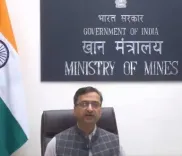Will the India Electric Mobility Index Accelerate EV Adoption Across States?
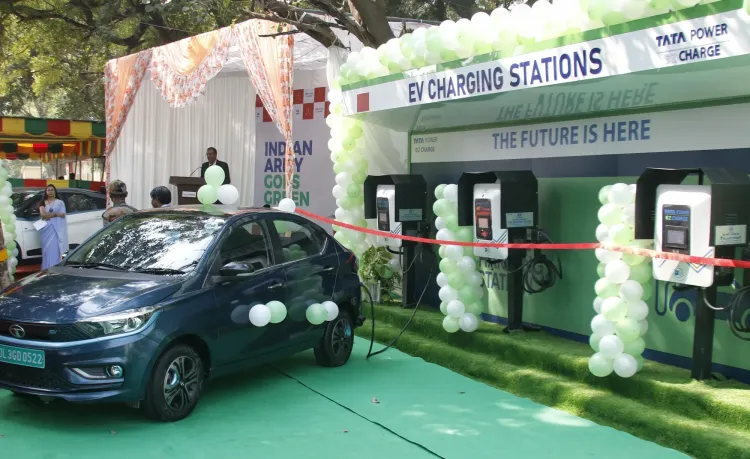
Synopsis
Key Takeaways
- NITI Aayog has launched the India Electric Mobility Index (IEMI).
- The IEMI tracks progress across 16 indicators.
- It promotes healthy competition among states.
- India aims for 30% EV share by 2030.
- The report identifies barriers and provides strategies for EV adoption.
New Delhi, Aug 5 (NationPress) NITI Aayog has introduced the India Electric Mobility Index (IEMI), a pioneering tool designed to systematically monitor and assess the progress of states and Union Territories (UTs) in reaching their electric mobility objectives.
The index evaluates and rates all states and UTs on a scale of 100 using 16 indicators categorized under three core themes: Transport Electrification Progress to gauge demand-side adoption; Charging Infrastructure Readiness to monitor the development of associated charging facilities; and EV Research and Innovation Status.
The IEMI facilitates evaluation among states and UTs, pinpointing significant success factors and areas that need focused enhancements. This Index is intended to guide decision-making, cultivate healthy competition among states, and encourage the exchange of best practices.
This Index emphasizes the necessity for state-level coordination, integrated planning, and cross-sector collaboration to realize India’s vision for electric mobility. By recognizing both strengths and weaknesses, the Index aims to assist states in aligning with national objectives while catering to local demands.
“NITI Aayog has consistently led the charge in supporting the ongoing EV revolution. This index represents yet another initiative by NITI Aayog to drive India toward its vision of a decarbonized and energy-secure future,” remarked BVR Subrahmanyam, CEO of NITI Aayog.
NITI Aayog also unveiled a report titled ‘Unlocking a $200 Billion Opportunity: Electric Vehicles in India,’ which provides a timely and detailed evaluation of current challenges while identifying critical unlocks necessary to accelerate India’s transition to Electric Mobility.
India aims to achieve a 30 percent share of electric vehicles in total vehicle sales by 2030. The sale of EVs in India surged from 50,000 in 2016 to 2.08 million in 2024, compared to global EV sales that increased from 918,000 in 2016 to 18.78 million in 2024.
Thus, while India's transition may have begun slowly, it is rapidly gaining momentum. In 2020, India’s EV penetration was just about one-fifth of the global average, but it has since climbed to over two-fifths of the global penetration in 2024.
The report acts as a roadmap for expediting India’s EV transition. It pinpoints essential barriers, strategic unlocks, and actionable recommendations to boost EV adoption. By fostering data-driven decisions and cross-sector collaboration, it promotes a unified national drive.
“India is on the brink of a significant transformation in clean mobility. As the nation progresses towards its Electric Mobility ambitions, this report offers valuable insights and policy-aligned recommendations to address existing challenges and achieve scale,” stated Rajiv Gauba, Member of NITI Aayog.

